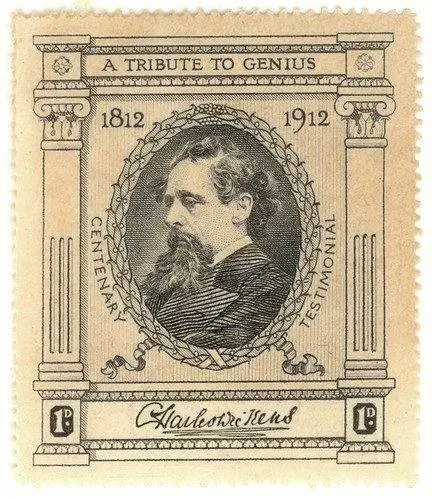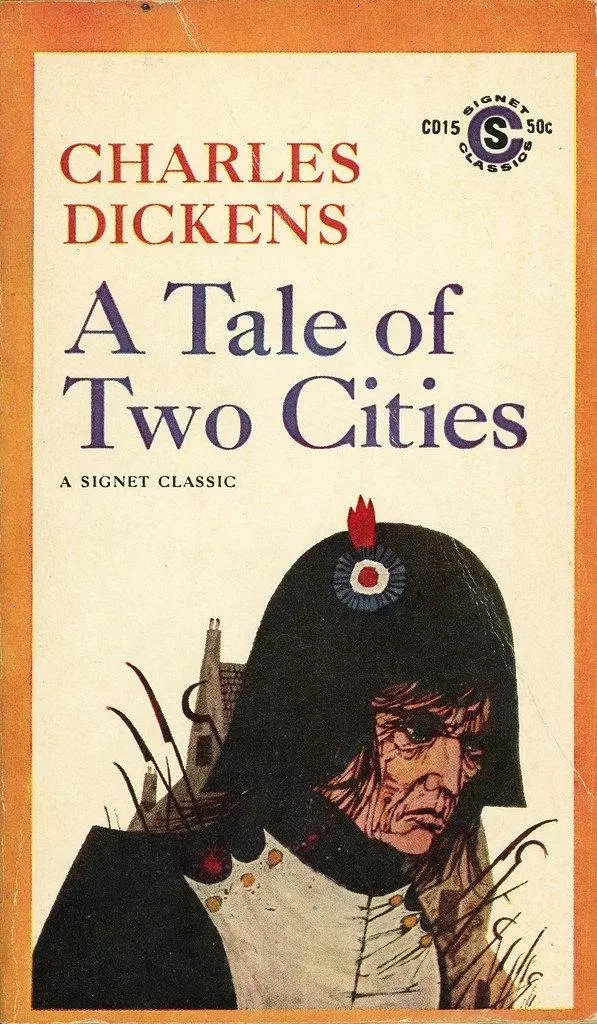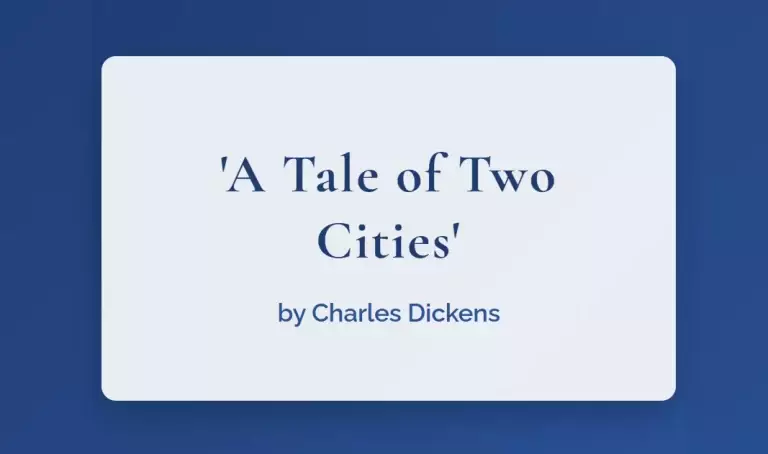Published in 1859, A Tale of Two Cities by Charles Dickens is set in London and Paris before and during the French Revolution. Dickens deftly weaves interconnecting stories about people caught up in the chaos and violence as the oppression of the masses erupts into open revolt. Through dramatic events and memorable characters, he explores timeless themes of injustice, redemption through love, and moral courage in the face of danger. An archetypal historical novel, A Tale of Two Cities continues to enthrall readers.
Table of Contents
Plot Summary
In 1775 London and Paris, French émigré Charles Darnay renounces his aristocratic family’s cruel ways and moves to England. He falls in love with Lucie Manette, the daughter of Dr. Alexandre Manette who was unjustly imprisoned in Paris for 18 years. Darnay is framed as a traitor but acquitted with help from barrister Stryver and drunken Sydney Carton who is also in love with Lucie.
During the peak of the French Revolution, Darnay is again accused of crimes by his enemies. To save his family, he returns to volatile Paris where Dr. Manette’s reputation initially spares Darnay from the guillotine. But Darnay is ultimately sentenced to death. Moved by his love for Lucie, the dissolute Carton takes Darnay’s place at the guillotine by pretending to be him, redeeming his wasted life through sacrifice.
Themes and Analysis
Major themes depicted in this novel are:
- Historical events as moral trials revealing human nature
- Power of selfless love and willingness for self-sacrifice
- Dangers of unchecked tyranny and mob mentality
- Futility of vengeance and confining people to their worst deeds
- Capacity for moral courage and redemption even in fallen lives
- Cyclical nature of violence and injustice
Dickens humanizes tragic events by focusing on intimate personal struggles. Despite flaws, Sydney Carton achieves spiritual greatness through his ultimate act of substitution. Dickens questions rigid adherence to principles at the cost of compassion. Through vivid historical recreation, he traces how group hatred and oppression fuels endless generational cycles.
Dickens and the French Revolution
Charles Dickens was born in England in 1812 and became renowned for novels critiquing social injustice. His account of the French Revolution centered ethical dilemmas.

Relevant historical context includes:
- French Revolution lasting from 1789 to 1799 against aristocratic rule
- Reign of Terror from 1793-94 with rampant executions by guillotine
- Mob rule and unbridled power unleashing darkest human impulses
- Upper class exploitation causing simmering discontent for years prior
- Both indiscriminate vengeance and insensitive oppression as destructive
- Questions on whether violence for emancipatory causes can be justified
Dickens highlighted moral complexity and that even worthy causes are compromised by cruelty. He reminds that individuals matter more than rigid ideals.
Read These Too:
Analysis of Key Characters
Sydney Carton – A Tale of Two Cities protagonist whose secret love for Lucie drives his sacrifice. Represents spiritual redemption.
Charles Darnay – Lucie’s French émigré husband imprisoned unfairly during the Revolution due to family links with aristocracy.
Dr. Alexandre Manette – Lucie’s father who suffers imprisonment and trauma which has unhinged him.
Lucie Manette – The idealized heroine whose virtue and forgiveness contrast chaos. She inspires Carton’s transformation.
Madame Defarge – Vengeful female revolutionary who knits coded death lists and seeks to kill Darnay’s family.
Mr. Lorry – The English banker who acts as the faithful caretaker and agent of Dr. Manette and his daughter.

Legacy and Impact
As an acclaimed historical novel, A Tale of Two Cities has powerfully resonated:
- Its opening “It was the best of times…” is one of literature’s most quoted lines.
- Carton’s sacrifice endures as one of fiction’s great redemptive acts of love.
- Setting a high standard for dramatizing major historical events in fiction.
- Brings moral complexity to a climactic revolution usually portrayed more crudely.
- Dickens vividly captures the paranoia, chaos and random brutality during Reign of Terror.
- Restored nuance by showing good and evil on both sides amid mob fever.
- Carton and Madame Defarge became archetypes of moral redemption and vengeance.
- Deeply influenced historical fiction writers like Tolstoy and Baroness Orczy.
- Numerous stage, film and TV adaptations due to dramatic storyline and characters.
- “Dickensian” detailed recreation of historical eras entered the lexicon.
Why Read A Tale of Two Cities
Here are some key reasons for A Tale of Two Cities enduring power:
- Gripping, high-stakes plot set amid a definitive historical period.
- Memorable characters like antihero Carton and vengeance-driven Defarge.
- Evocative, cinematic writing that immerses readers into tumultuous events.
- Examines timeless moral questions about violence, justice and humanity.
- Contrasts personal struggles with larger ideological forces.
- Powerful emotional moments like Manette’s imprisonment and Carton’s sacrifice.
- Brilliantly structured, perfectly paced historical thriller.
- Vividly conjures the paranoid psychology of the Reign of Terror.
- Moving themes of love and redemption amid human suffering.
- Highlights oppressors often create tragic cycles.
Conclusion
Masterfully dramatizing the French Revolution through flawed, relatable characters, A Tale of Two Cities retains immense power centuries later. Sydney Carton’s poignant sacrifice epitomizes how love conquers all. Both deeply human and sweepingly epic, Dickens’ historical novel remains a stirring moral lesson on courage, justice and redemption.


